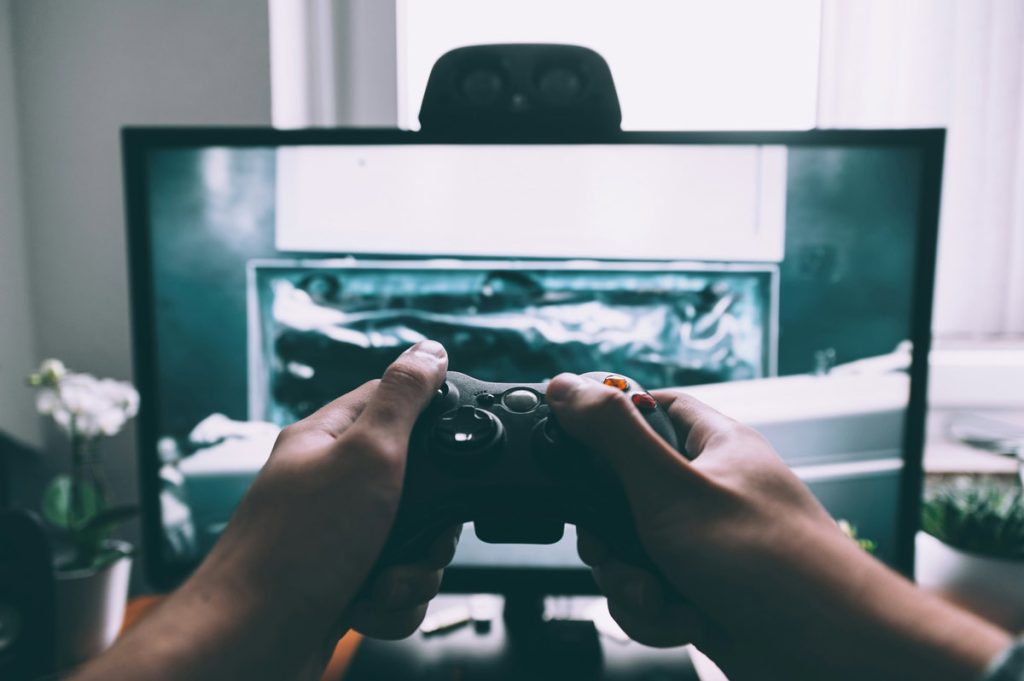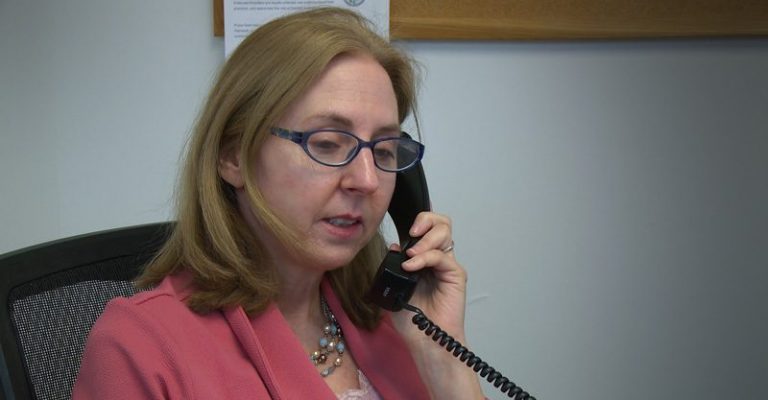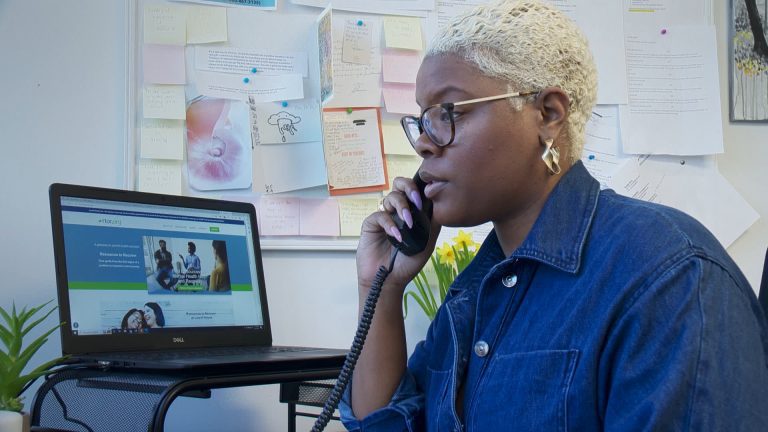In today’s world, most of us rely on our phones, computers, and other devices to connect with others. However, many people diagnosed with autism spectrum disorder (ASD), have more trouble regulating their use of these devices.
There is a growing concern that more people on the autism spectrum are becoming addicted to digital media. Due to this over-reliance on screens, some symptoms of ASD are worsened due to decreased social interaction and physical activity.
Why are people with autism drawn to digital media?
According to the National Institute of Mental Health (NIMH), people with autism are drawn to digital media for several reasons. One common characteristic of ASD is the need for predictability and routine. Digital devices provide a consistent and controlled environment where individuals can engage with repetitive content that feels familiar and safe.
People with ASD are often more or less sensitive to auditory or visual sensory input. With digital media, the user can control the level and pace of interaction. This can have a calming effect on those with autism.
People with autism are more likely to have difficulties interacting in social situations, causing ASD minds to feel exhausted and stressed. Digital devices provide an escape and relief from this exhaustion. Engaging with content on their terms allows those on the spectrum to feel connected without the unpredictability of social interactions.
Many individuals with autism have intense and focused interests. Smartphones and other digital devices offer endless sources to explore areas of interest on YouTube videos, Google, AI, gaming forums, and specialized online communities.
Risks come with digital media addiction in autism.
While digital devices can serve as helpful tools for learning, entertainment, and self-regulation, overuse can lead to addiction and make the challenges associated with autism worse. Some of the risks include:
1. Social Isolation. Children and adults with ASD may become increasingly dependent on screens, making it even more difficult to develop social skills and interact with peers.
2. Emotional Dysregulation. The quick reward systems built into apps and games (likes, instant feedback, etc.) can lead to addiction-like withdrawals such as increased frustration, agitation, or emotional outbursts when individuals are forced to put down their devices.
3. Physical Health Concerns. Being sedentary while using devices can contribute to physical health problems such as obesity, poor posture, and eye strain, especially if the person already faces challenges with motor coordination or physical activity.
4. Impact on Cognitive Development. Prolonged exposure to screens may interfere with the development of language and cognitive skills in younger kids with autism. Long hours and prolonged use of devices are proven to lower attention spans and inhibit opportunities for real-world learning experiences.
What kind of treatment is used for digital media addiction in autism?
A review of studies posted in Science Direct suggests there is growing concern over the association between autistic traits and excessive gaming and internet use. Many treatment programs have added this concern to their programming.
Some of the approaches used in treatment are:
1. Cognitive Behavioral Therapy (CBT). CBT is a treatment approach that changes how people think and behave. It is often used to treat the behavioral issues that come with screen addiction. Therapists can work with clients to set limits on screen time and develop healthier coping mechanisms for anxiety and sensory needs.
2. Applied Behavior Analysis (ABA). ABA uses learning and motivation to inspire changed behavior. Therapists use reward-based systems to encourage physical and social activities and reduce digital media usage.
3. Digital Detox and Sensory Substitutes:
- Structured Breaks: A key strategy is to gradually reduce screen time while introducing structured activities, such as physical exercise, art, or music therapy, that provide alternative sensory input and help regulate emotions.
- Screen-Free Zones: Creating certain times of the day or areas of the house where screens are off-limits helps to introduce boundaries without causing more stress. Offering sensory-friendly activities, like tactile play or physical movement, can help make the transition away from screens easier.
- Social Skills Training. Programs focused on social interaction and communication can replace time spent on screens with practice in the real world.
- Family Support Programs. Parents and caregivers play a crucial role in managing digital media use. Support programs can educate families on setting limits, monitoring screen time, and introducing alternative activities.
4. Inpatient Treatment Options. For extreme cases, some treatment centers offer inpatient programs for detoxing from screens in a structured and therapeutic environment. These programs usually include a combination of individual therapy, group therapy, and family education.
Where can you find treatment programs for screen addiction?
There are several organizations and treatment centers that specialize in autism and digital addiction treatment:
Autism Speaks: Offers resources for parents on managing screen time and behavioral therapies for young individuals with autism.
Center for Autism and Related Disorders (CARD): Provides ABA therapy and treatment plans for addressing screen overuse in children with autism.
Digital Media Addiction Clinics: Some clinics, such as reSTART, specialize in treating digital addiction in individuals with ASD, offering both inpatient and outpatient services.
Local Autism Support Centers: Many regional autism support centers offer parent education programs and behavioral interventions designed to manage screen time and reduce dependency on digital devices.
Digital media can be both a helpful tool and a potential challenge for individuals with autism. Screens offer a sense of control and stimulation that many find soothing. However, overuse can lead to addiction, affecting sleep, poor physical health, and delayed social development.
With structured intervention, people with autism spectrum disorder can learn to develop a healthier relationship with technology. For families of those struggling with screen addiction, having a therapeutic consultant can help sort through the many options for treatment.
About the Author: Rae Guyer, Therapeutic Consultant, guides and recommends placement options for treatment centers, nature-based therapy, therapeutic boarding schools, and alternative education for adolescents and young adults. You may schedule a no-cost discovery call with Rae Guyer at Therapeutic Educational Consulting to discuss options.
Photo by Glenn Carstens-Peters on Unsplash
The opinions and views expressed in any guest blog post do not necessarily reflect those of www.rtor.org or its sponsor, Laurel House, Inc. The author and www.rtor.org have no affiliations with any products or services mentioned in the article or linked to therein. Guest Authors may have affiliations to products mentioned or linked to in their author bios.
Recommended for You
- The Truth about Relapse in Addiction Recovery - April 14, 2025
- The Power of Peer Support in Mental Health Recovery - April 10, 2025
- Artificial Intelligence in Anxiety Management: How AI Helps Users Cope with Anxiety Symptoms - April 3, 2025







